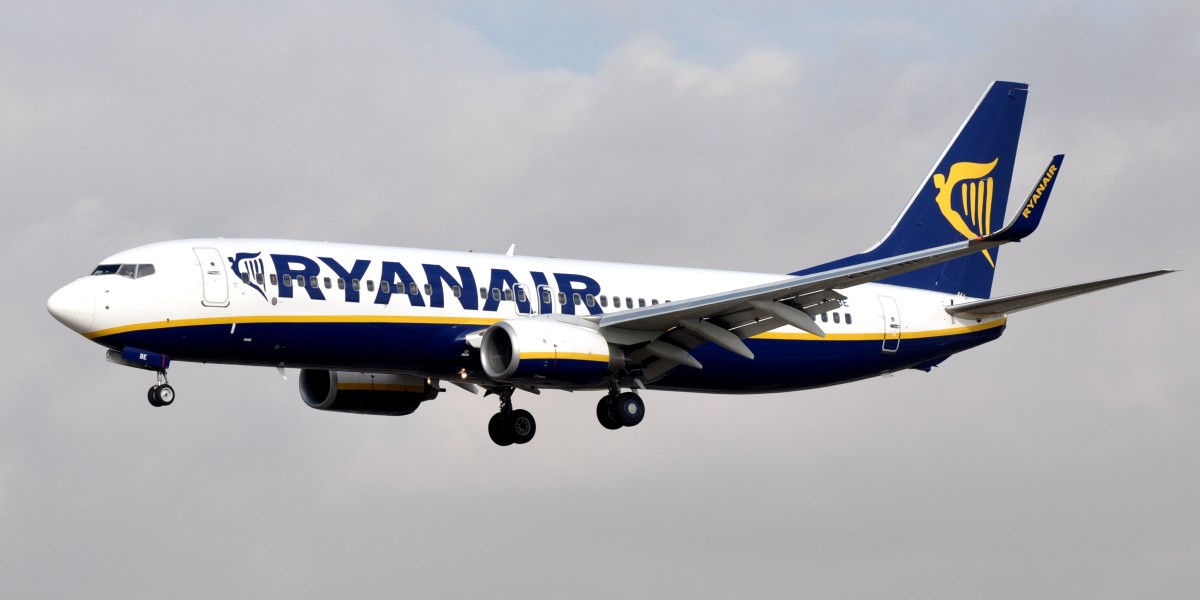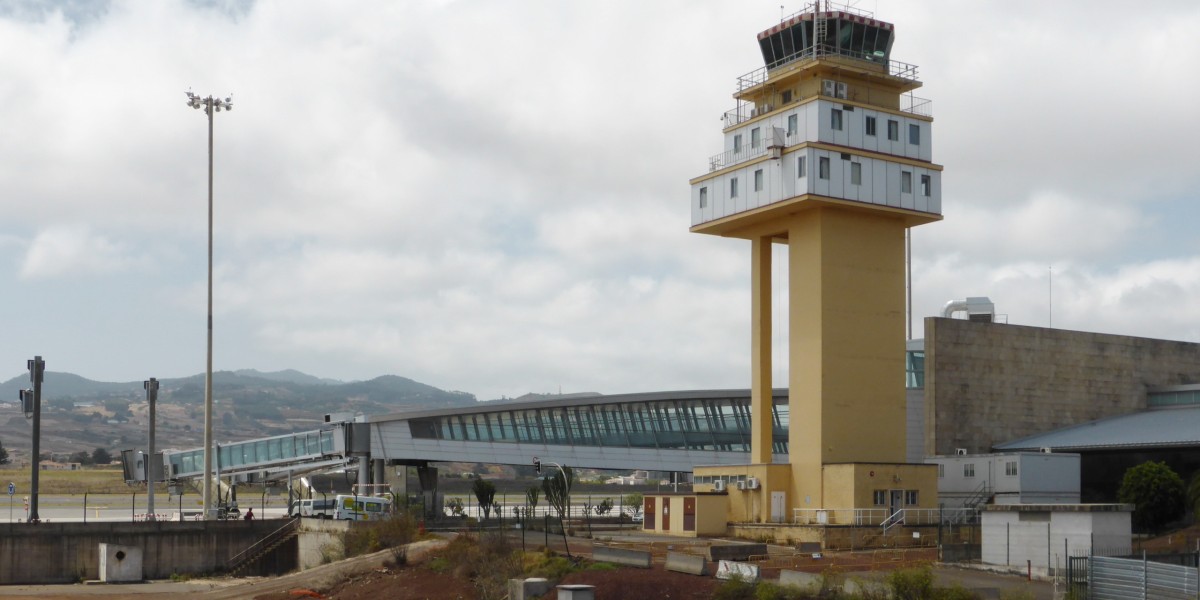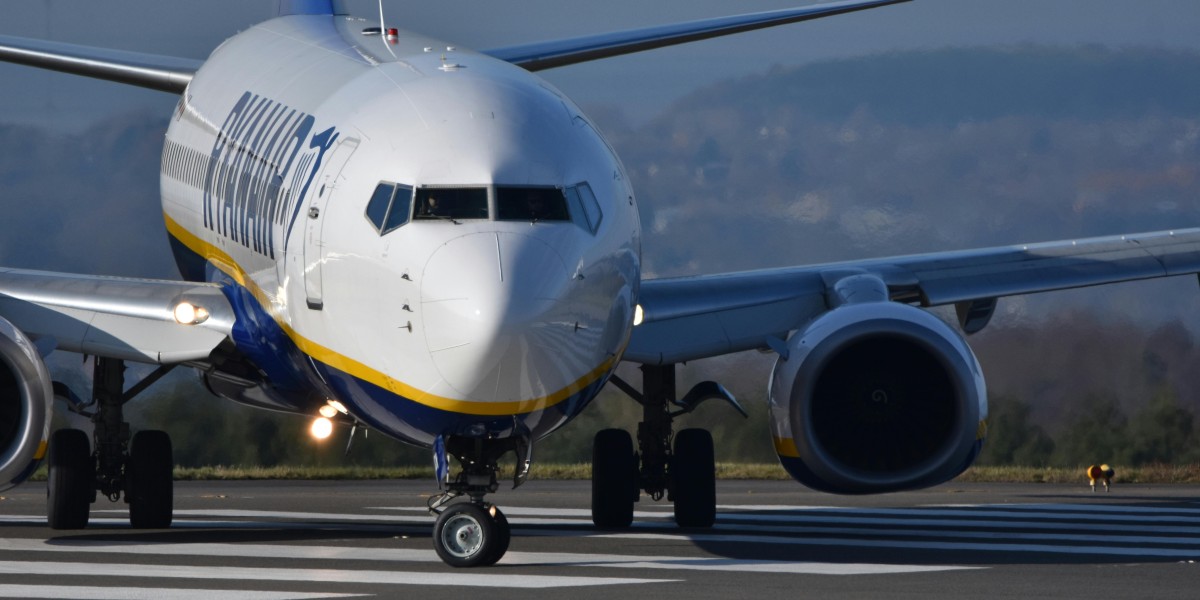
**Update — 13th October 2025**
Ryanair has escalated its Spain cuts, announcing a further reduction of 1.2 million seats from regional Spain for Summer 2026. It has also announced it will no longer have flights to and from Asturias Airport. The airline says the move follows the government’s failure to halt Aena’s airport fee rises and to reverse the supposed “illegal” hand‑baggage fines. Instead, Ryanair will redeploy capacity to larger Spanish hubs and lower‑cost markets including Italy, Morocco, Croatia, Sweden and Hungary. This comes on top of the previously confirmed one million‑seat reduction for winter 2025.
19/09/25
Ryanair has confirmed substantial winter capacity cuts in Spain, removing about one million seats amid a dispute with airport operator Aena over planned increases to passenger fees by 2026. The airline says costs at Spanish airports are rising, while Aena argues its pricing remains competitive. Vueling will step in with additional winter capacity to support key regional markets
- Which Spanish airports and routes are most affected?
- The dispute with Aena behind the Ryanair Spain capacity reduction
- What the flight cuts mean for European travellers
- Wider travel disruption across Spain, Portugal and Italy
- Vueling steps in with extra winter capacity
- Ryanair adds capacity in Italy and Morocco as Spanish routes slashed
Which Spanish airports and routes are most affected?
The flight reductions will have a considerable impact across Spain's regional network, with several airports and key tourist routes facing significant cuts. Ryanair has announced it will close its two-aircraft base in Santiago de Compostela and suspend all flights to Vigo, starting on 1st January 2026. Services to Tenerife North will also be halted from the beginning of the winter 2025 season.
Several other regional airports will see significant capacity reductions, including Zaragoza (45%), Santander (38%), Asturias (16%), and Vitoria (2%). Furthermore, the airline plans to keep its bases in Valladolid and Jerez closed through the winter of 2025.
In total, the decision affects 36 routes connecting regional Spain and the Canary Islands. The changes amount to a 10% reduction in seats for the Canary Islands and a substantial 41% drop in capacity across Ryanair's services to other regional airports in the country.

The dispute with Aena behind the Ryanair Spain capacity reduction
The core of Ryanair's decision to reduce its Spanish flight capacity lies in a dispute with the country's airport operator, Aena, over an increase in airport charges.
Aena's board has approved an increase of 6.62% in airport charges - an additional cost of 68 euro cents per passenger - scheduled to take effect from March 2026. The operator justifies the fee hike by stating it aligns with regulations set by Spanish authorities and that its airport charges remain highly competitive within Europe.
However, Ryanair has strongly contested the move, labelling the increase as unjustified. The airline points to Aena's record profits as a reason why the higher charges are unnecessary and argues that many of Spain's regional airports are still underutilised. Ryanair's CEO has expressed concern that these fee increases will disproportionately harm the country's smaller, more vulnerable regional airports.
In response, Aena's chairman has suggested the small per-passenger increase is unlikely to deter customers from booking flights. He also commented that Ryanair's decision may be influenced by a strategy to move its aircraft to airports where it can charge higher ticket prices, rather than being a direct result of the fee increase itself.

What the flight cuts mean for European travellers
For European travellers, the immediate consequence of Ryanair's decision is a significant reduction in low-cost travel options to Spain for the coming winter season. As the airline that transports the most passengers in the country, the removal of one million seats is expected to tighten supply, which could lead to increased ticket prices on the remaining routes operated by Ryanair and other carriers.
The impact will be felt most acutely by those planning to visit Spain's regional destinations. The cuts have sparked concern among local governments and tourism associations, particularly in the Canary Islands and north-west Spain, who warn that they will deal a severe blow to local economies and employment.
Wider travel disruption across Spain, Portugal and Italy
Operational pressures this winter extend beyond airline capacity decisions. In Spain, ground-handling walkouts continue to affect turnarounds and baggage delivery, with the Ryanair baggage handler strike in Spain expected to last until the end of 2025. In Portugal, a rolling calendar of airport strikes has been announced from September through to January 2026. Italy is also facing periodic transport strikes in September, with dates set for travel disruption across rail, metro and airport services.
Vueling steps in with extra winter capacity
Vueling, voted Spain's Best Low-Cost Airline in 2025, will significantly expand this winter, adding about 1.5 million seats that include 578,000 from Santiago de Compostela and nearly 900,000 from Tenerife Norte. The move is intended to sustain year-round links after Ryanair’s base closures and cuts at those airports.
Ryanair adds capacity in Italy and Morocco as Spanish routes slashed
Ryanair is redirecting its capacity to markets it considers to have greater growth potential, notably Morocco and Italy. The airline is significantly bolstering its Moroccan operations, which have seen rapid expansion throughout 2024 and 2025. In Italy, the airline is making a significant investment at Turin Airport, transforming it into a major winter hub for the north of the country.

Stay informed on visiting and living in Spain with our weekly newsletter, delivering the latest travel, legal, and lifestyle news.
